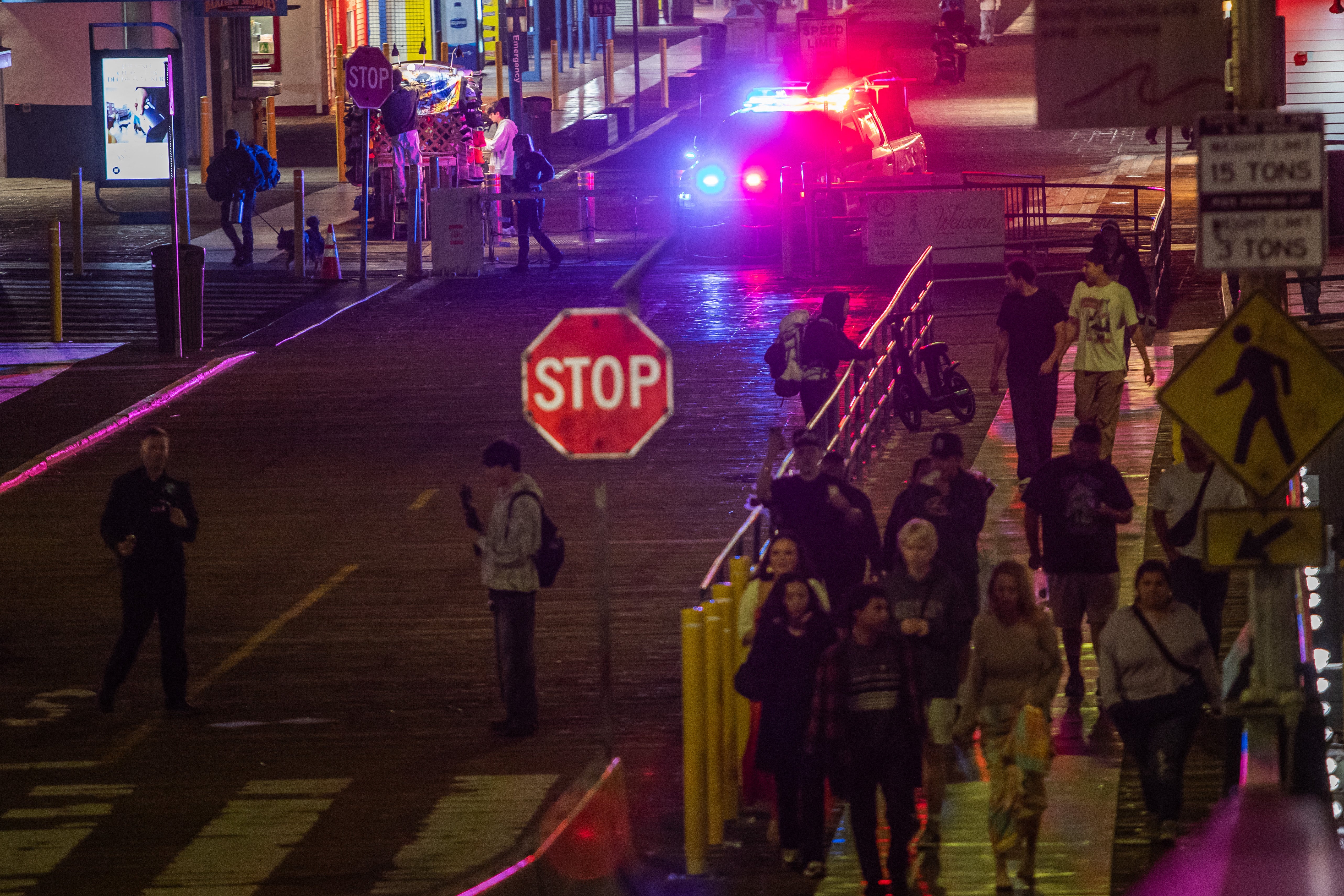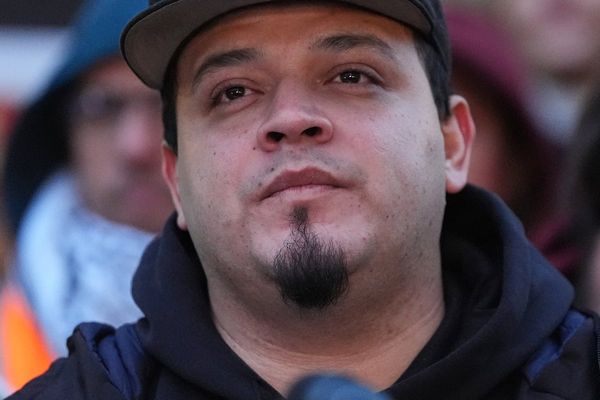A massive 8.8 magnitude earthquake in the North Pacific off Russia has triggered a wave of tsunami warnings and evacuation notices across Hawaii, Alaska, and along the U.S. West Coast.
The earthquake struck Tuesday evening with its epicenter located about 78 miles east-southeast of Petropavlovsk-Kamchatsky, Russia. It is the strongest earthquake of the year and is believed to be among the six strongest quakes on record.
The resulting waves first hit Japan’s Hokkaido and Russia’s Kuril Islands, before racing across the Pacific Ocean.
Tsunami warnings were in effect for Hawaii, Alaska's Aleutian Islands, and parts of Northern California, while most of the West Coast was placed under a less severe tsunami advisory.

The first waves reached Alaska and Hawaii early Wednesday morning, with other Western U.S. states bracing for impact. Here’s what you need to know about how the tsunami could impact the U.S:
Hawaii
Just before 7.20 p.m. local time, waters could be seen gradually receding in Kauai’s Hanalei Bay and at Haleiwa Boat Harbor on Oahu’s North Shore.
The first waves reportedly arrived in Hawaii about ten minutes later.
Waves up to 4 feet tall crashed into the shores of Haleiwa, while water levels rose by 2.8 feet at Hanalei Bay and reached 2.3 feet above sea level in Honolulu.
At Midway Atoll, the last buoy measurement site in the central Pacific Ocean before Hawaii, sea levels rose almost 6 feet above normal, implying potential for higher waves in Hawaii.
Hawaiians began fleeing coastal areas Tuesday afternoon as officials warned of tsunami waves reaching up to 10 feet.
Mountain roads quickly became clogged with traffic as residents raced to higher ground. Flights at major airports were canceled amid the unfolding emergency, with about 200 passengers sheltering in Maui’s Kahului Airport terminal, according to the Hawaii Department of Transportation.
Hawaii Governor Josh Green declared an emergency and urged residents to “please take this very seriously,” adding that waves could drown people, cause power outages, and uproot trees.
President Donald Trump urged on Truth Social for Americans to “STAY STRONG AND STAY SAFE!”
Hawaii had reported no damage from the waves by late Tuesday, with Governor Green saying there was “no wave of consequence.” The state remained “at least two to three hours” from being in the clear, he told reporters at an 8:20 p.m. press conference.
“So far, though, at the moment, so good,” he added.
The tsunami waves likely reached their maximum height on Tuesday evening, Chip McCreery, the director of the Pacific Tsunami Warning Center, told reporters.
Alaska
A tsunami warning, the National Oceanic and Atmospheric Administration’s most severe alert, was issued Tuesday for Alaska’s western Aleutian Islands – from Samalga Pass to Attu – and the Pribilof Islands.
Forecast models predicted that waves could reach higher than 5ft in parts of the affected areas.
Just before 5.15 p.m. PT on Tuesday, a tidal surge of 1ft was recorded near Alaska’s volcanic island of Amchitka. Other localized reports of wave measurements in Alaska towns have not yet been published.
The Pacific Tsunami Warning Center confirmed late Tuesday that waves about a foot tall had been recorded in Alaska.
West Coast

Tsunami advisories were issued on Tuesday for California, Oregon, and Washington, as well as the U.S. territory of Guam.
The National Tsunami Warning Center said most areas along the U.S. West Coast were expected to see wave heights of a foot or less, though some locations could experience significantly higher surges.
In Port Orford, Oregon, waves are predicted to reach up to two feet, while Crescent City, California, is forecast to see waves between 3.1 and 5.7 feet.
The Oregon Department of Emergency Management said that while the first waves to hit the coast may not be the largest, conditions can be dangerous “even if no large wave is visible.”
Further south, Port San Luis could see wave heights ranging from 1.7 to 3.2 feet.
In San Francisco, officials warned of strong, dangerous currents likely to impact beaches, harbors, marina docks, and finger piers along the shoreline.
Emergency management authorities said they were closely monitoring conditions and assessing whether evacuations would be necessary.
Tsunami waves have reached the coast of Washington on Wednesday morning, the National Weather Service’s Seattle office said. Residents have been urged to keep away from the water and shore.







